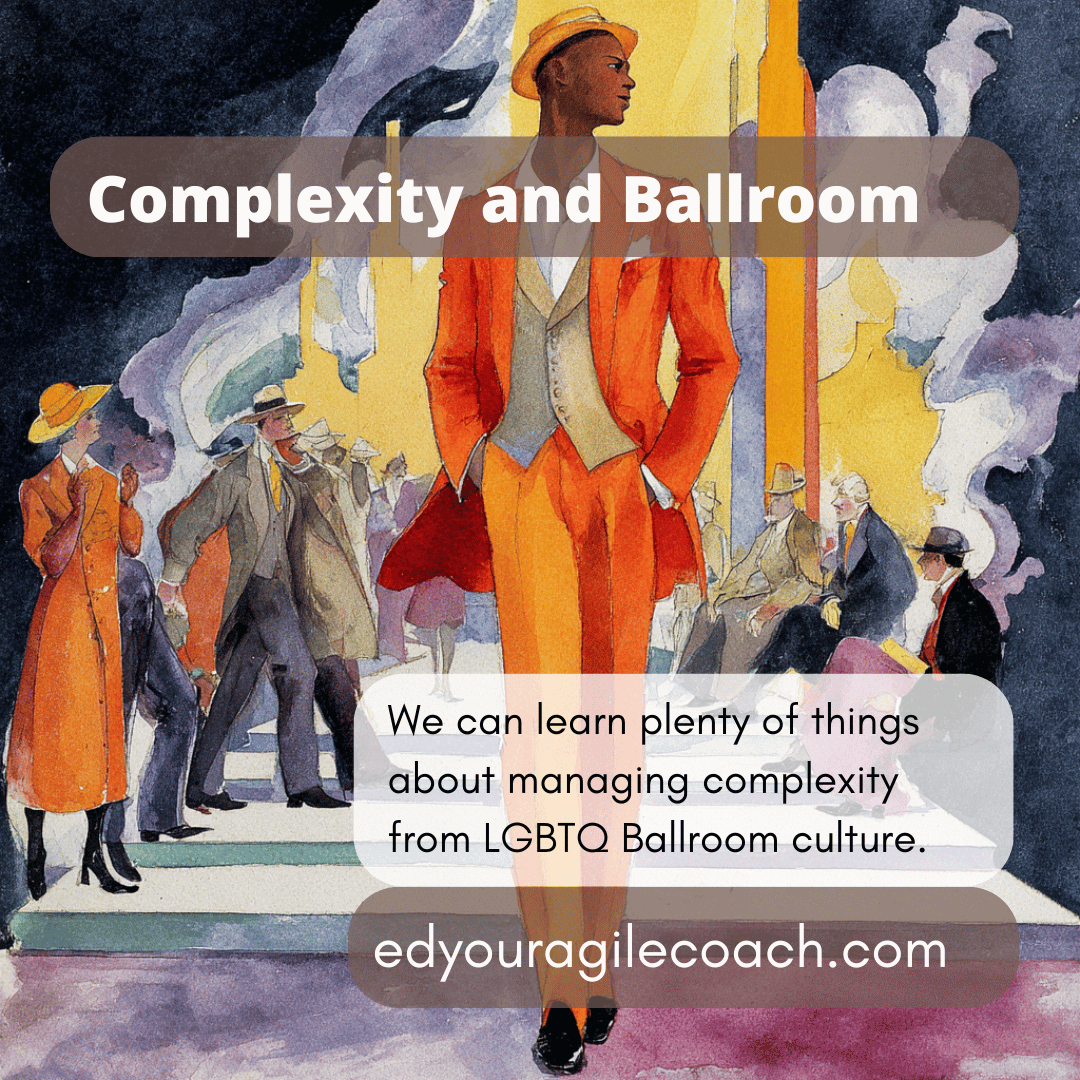Three Big Techniques to Improve Communication.

The global economy is an adventure. Each day, the invisible hand of the market plays tricks on us. Customers make new demands, the cost of raw materials changes, and war could break out, disrupting supply chains. Each morning is a new challenge. Dealing with those challenges is the job of most business professionals and is not an easy task. The job's most challenging part is ensuring that others understand what needs to be done and why it needs to be done. Today, on the blog, I highlight some helpful communication techniques to enhance your coaching and Scrum mastery.
The Big Three –
David Plotz, Emily Bazelon, and John Dickerson of the Slate Political Gabfest noted that Ronald Reagan was successful as a leader because everyone who worked at his White House was familiar with three key themes that comprised their government mission. Those themes were cutting taxes, reducing regulations, and fighting communism. These 'big three' governed every decision people made in the Reagan White House, so if you had not spoken to the president in months, as long as you were following the big three, you were considered to be helping the president.
Today, businesspeople refer to these simple themes as Objectives and Key Results, or OKRs for short. Provide simple, open-ended goals that can be measured and prioritized, and then let individuals determine how to achieve them. It worked for Regan until John Poindexter and Oliver North earned positions of authority and responsibility, but that is a story for another blog.
Repeat yourself –
If you repeat yourself enough, even the most dense people you work with will understand. Being redundant is not tiresome in business or leadership; it is a necessary tool for success. According to Time magazine, repetition is one of the key ways to develop long-term memory skills. Sometimes, you must recall a memory up to thirty times to commit it to long-term memory. It means you must repeatedly say the same things when you talk with others.
When I was serving on a team as a scrum master, we were struggling with production errors. Soon, I began using the word 'quality' in each conversation with developers, product owners, and managers. I would ask during retrospectives about how we could improve quality. During stand-ups, I would stress unit testing to improve quality. Even during product demos, I pointed out quality improvements no matter how small. After six months, the developers teased me during a stand-up meeting, saying they were having a quality day and had metrics to prove it. Everyone had a good laugh at my expense, and it was clear that the team normalized my message. The technique must have worked because the number of production defects declined significantly.,
Start and End with Why –
For years, business leaders have instructed others how to work. Today, we must communicate what to work on in an information economy and why. Remember Ronald Regan's big three, and everyone understood why the themes were essential and were allowed to figure out how to accomplish those goals.
Explain to people why something needs to be done and what benefits they will gain from it. You will see if they understand what you need to do at that point. Providing a reason why something needs to happen is the best way to achieve buy-in among creative professionals.
Create a big three, repeat yourself, and start with why the three communication techniques that will make you more successful as a coach and scrum master.
I will be away for a week on vacation and will return to see everyone after July 24th.
Until next time.




Comments ()